The Idea of Iran: Last of the Persian Dynasties
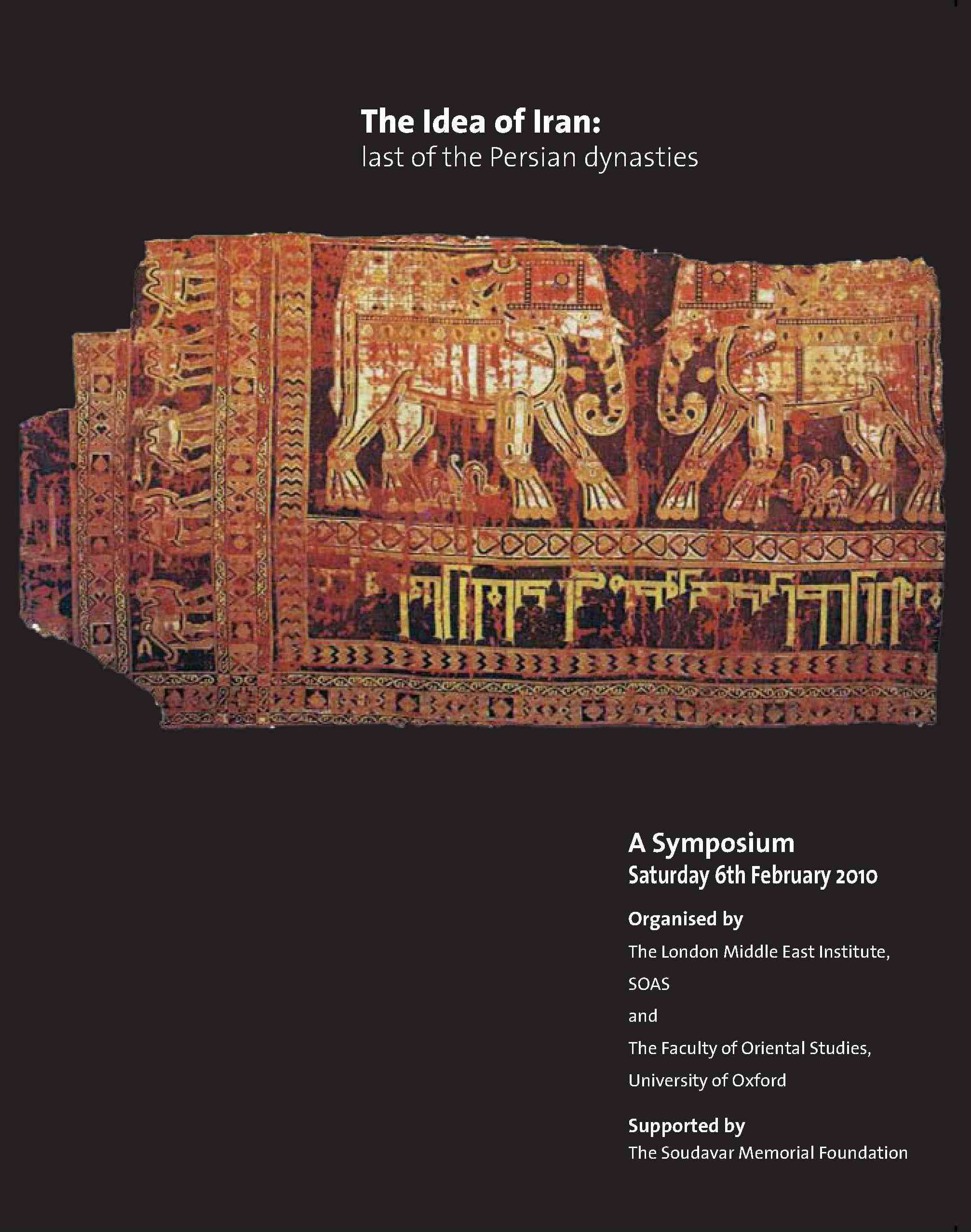
n this, the seventh, programme in our series on ‘the Idea of Iran’, we are again exploring the critical period of Iranian history, when, as the power the Abbasids in Baghdad waned, a series of autonomous Iranian dynasties – Tahirids, Saffarids, Samanids and Buyids – emerged in the eastern provinces of the caliphate. Around 1000 CE they gave way to the Ghaznavid and Seljuq Sultans, whose arrival marked the start of a long period of Turkish and Mongol dynasts. Contributors at our last symposium looked at the oral, linguistic and creative compositions that emerged during the early Islamic period as ancient traditions underwent a transformation to become part of a new Perso-Islamic culture. The focus of this symposium will return to ideas of kingship, authority and identity and their articulation through the written word, architecture and the visual arts.
Speakers
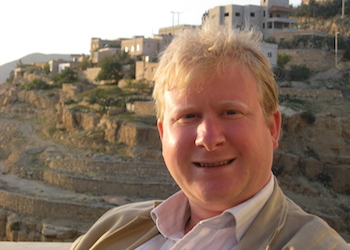
Early Persian Historians and the Heritage of Pre-Islamic Iran
Dr Andrew Peacock, Assistant Director of the British Institute at Ankara
Historical writing in Persian, which begins in the tenth-century CE, is often assumed to have been inspired by the rebirth of ‘national’ feeling that accompanied the so-called Persian Renaissance. The earliest surviving Persian texts from the tenth- and eleventh-centuries are somewhat disappointing from this point of view. Although pre-Islamic Iran is covered, it is just one theme alongside the perhaps rather more important ones of prophecy, the birth of the Islamic community and the early caliphs. Although the Persian historians rarely have much to add to accounts of the Iranian past preserved by Arabic-language authors like Tabari, they do, however, have a certain flavour of their own. Sasanian concepts, such as the idea that the land of Iran extended from the Nile to the Oxus, surface even in the eleventh-century. This paper examines the survival of such ideas and considers what meaning the heritage of pre-Islamic Iran had for Persian historians in the tenth- and eleventh-centuries.
Advice Literature in Tenth- and Eleventh-Century Iran and Early Persian Prose Writing
Professor Louise Marlow, Director of Middle Eastern Studies, Wellesley College
Advice literature, or ‘Mirror for Princes’, occupies a significant place in many of the world’s literatures, but in the history of West Asia, it is associated above all with the great Persian works of the eleventh-century, such as the Andarznameh (Qabusnameh) of Kaykavus and the Siyar al-muluk of Nizam al-Mulk. This presentation will explore the historical context for and socio-cultural functions of specific examples of advice literature, composed in Arabic as well as Persian, in eastern Iran in the tenth- and eleventh-centuries. Attention will be given to the cultural life of the eastern Iranian courts, patronage and literary production, matters of authorship and audience, the production of ‘translations’, cultural transmission, and the generation of a broad corpus of humanistic materials of diverse provenance on which writers in Persian would continue to draw
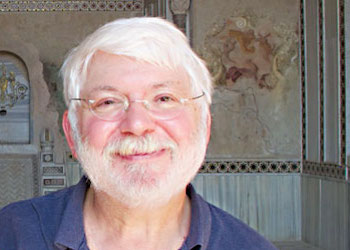
The Expression of Power in the Art and Architecture of Early Islamic Iran
Professor Jonathan Bloom, Norma Jean Calderwood University Professor of Islamic and Asian Art, Boston College, and Hamad bin Khalifa Endowed Chair of Islamic Art, Virginia Commonwealth University
The Arab conquest of Iran in the seventh-century introduced to the Iranian plateau not only a new form of government but also new institutions and a new visual language. Over the course of the succeeding centuries, the art and architecture of the region evolved in new and distinct directions, as patrons and artisans combined and reconfigured Arab, Islamic, Iranian, and Central Asian ideas to meet the needs of the evolving Muslim society in Iran. This presentation will explore how the new rulers of Iran and the artisans who worked for them were able to transform and expand on the artistic heritage to create a new visual language of power in architecture and portable arts.
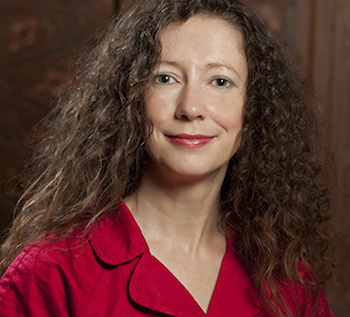
The Lofy Castle of Qabus b. Vushmgir
Dr Melanie Michailidis, Visiting Lecturer, University of California, Davis
The soaring tomb tower known as Gunbad-i Qabus is the only prominent architectural remnant of the Ziyarid dynasty, which ruled the area around Gurgan from 927 to 1090. Constructed in 1006-07 by Qabus b, Vushmgir, this magnificent structure can only be understood in the context of a series of tomb towers built high in the mountains of Tabaristan for relatives of Qabus, the rulers of the Bavandid. This funerary architecture not only served to commemorate individual rulers in a very particular and visible way, but also asserted the legitimacy of these dynasties as a whole. Several characteristics of the buildings are completely anomalous in the context of Islamic funerary architecture. But these features can be explained as emulation of what the Bavandids and the Ziyarids believed to be the funerary practices of their Sasanian predecessors, and emulation which reified their claims to Sasanian descent as the primary justification for their right to rule.
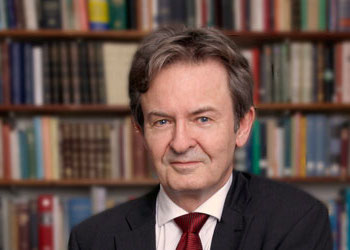
Authority and Identity in the Pahlavi Books
Dr Alan Williams, Reader in Iranian Studies and Comparative Religion and Chair of the Department of Religions and Theology, University of Manchester
The ninth-century CE books in Pahlavi were composed or redacted by Zoroastrian priests for mainly conservatory and apologetic purposes in order to consolidate and defend their theological and ritual traditions that struggled to survive under early Islamic domination. According to the particular genre of each work a variety strategies of presentation was deployed. These included straightforward question and dogmatic answer between God and Zoroaster, teacher and pupil, etc., Philosophical and theological homily and argumentation, legalistic treatises, myths and stories related from the Zand of the Avestan, and wisdom sayings of the poryotkesan (ancients, sages) etc. In this lecture I consider the degree to which there is a consistency and unity with regard to the question of what constitutes Iranian and Zoroastrian authenticity in these texts.
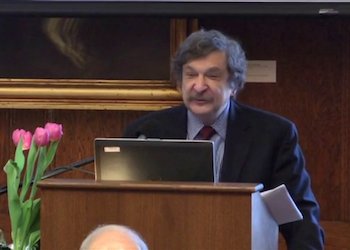
Buyid Kingship
Professor Roy Mottahedeh, Gurney Professor of History and Director of the Prince Alwaleed Bin Talal Islamic Studies Program, Harvard University
The first part of this paper considers the revival of Persian titles in Buyid Iran, not only Shahanshah but also Padeshah and others. The paper also considers the description of pre-Islamic Persian antiquities as viewed by the Arabic and Persian geographers of the Buyid period. Finally, it briefly considers the revival of Persian given names among Muslims in the Buyid period.
Convenors

Professor Edmund Herzig holds the Soudavar Chair in Persian Studies at the Oriental Institute and is a Fellow of Wadham College at the University of Oxford. He received his BA in Russian and Persian from the University of Cambridge and his DPhil in Oriental Studies at the University of Oxford. His thesis was entitled ‘The Armenian Merchants of New Julfa, Isfahan: A Study in Pre-Modern Asian Trade’. His principal research interests are the contemporary history of Iran (currently focusing on the political and international history of the Islamic Republic, and on the relationship between history and national identity in modern Iran); Safavid history; the history of Armenia and the Armenians with special interest in the Armenians of Iran. Recent publications include ‘The Armenians: Past and Present in the Making of National Identity’, with M. Kurkchiyan (2005); ‘Regionalism, Iran and Central Asia’ in International Affairs (2004); ‘Venice and the Julfa Armenian Merchants’ in B. L. Zekiyan and A. Ferrari eds. ‘Gli Armeni e Venezia’.
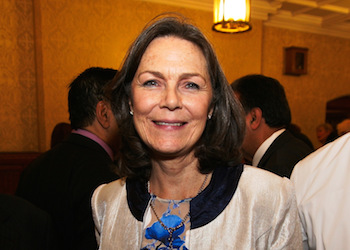
Dr Sarah Stewart is Lecturer in Zoroastrianism in the Department of the Study of Religions at the School of Oriental and African Studies, University of London and Deputy Director of the London Middle East Institute, also at SOAS. She has been co-convenor of the ‘Idea of Iran’ symposia since its inception in 2006 and has co-edited five volumes in the ‘Idea of Iran’ publication series with I.B.Tauris. She serves on the Academic Council of the Iran Heritage Foundation and has been a longstanding Fellow of the British Institute of Persian Studies, most recently serving as its Honorary Secretary until 2013, in which year Dr Stewart co-organised the acclaimed exhibition: ‘The Everlasting Flame: Zoroastrianism in History and Imagination’. Her publications include studies on Parsi and Iranian-Zoroastrian living traditions and is currently working on a publication (in collaboration with Mandana Moavenat) on contemporary Zoroastrianism in Iran.

